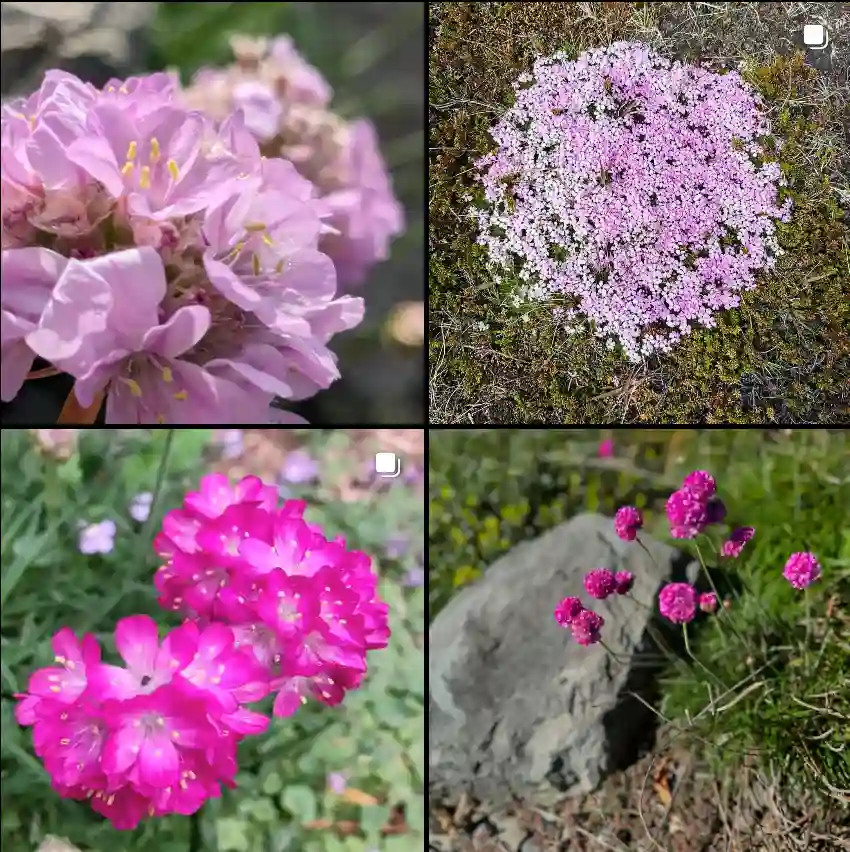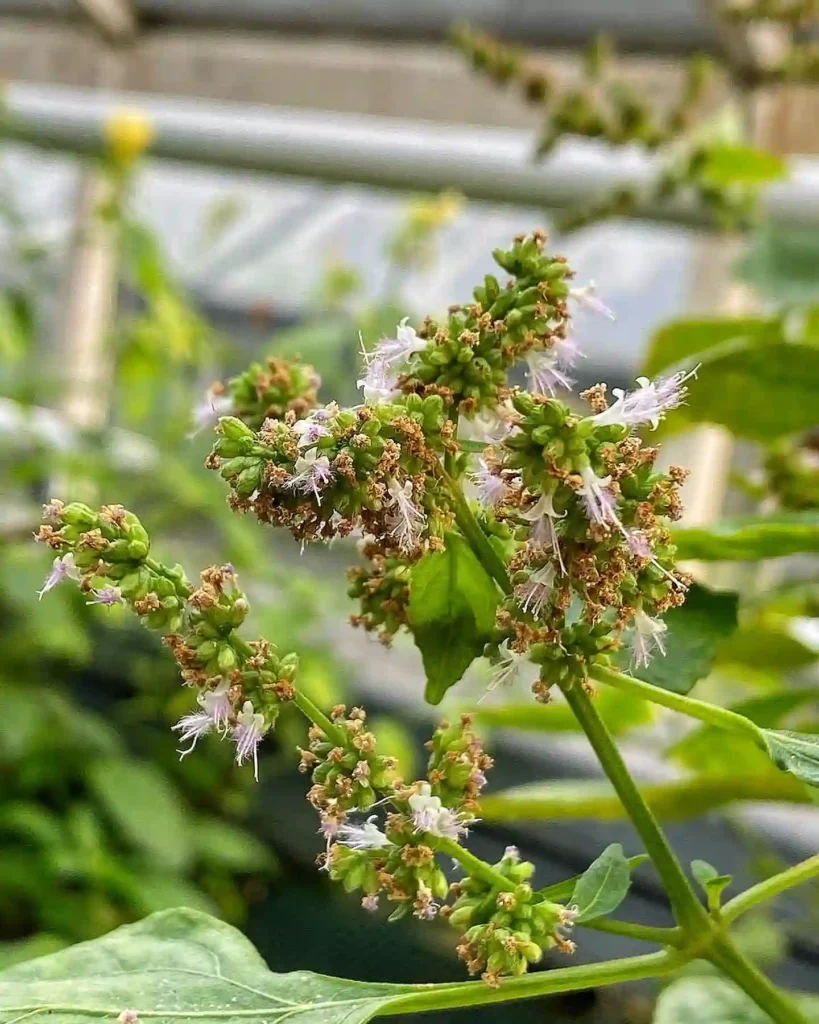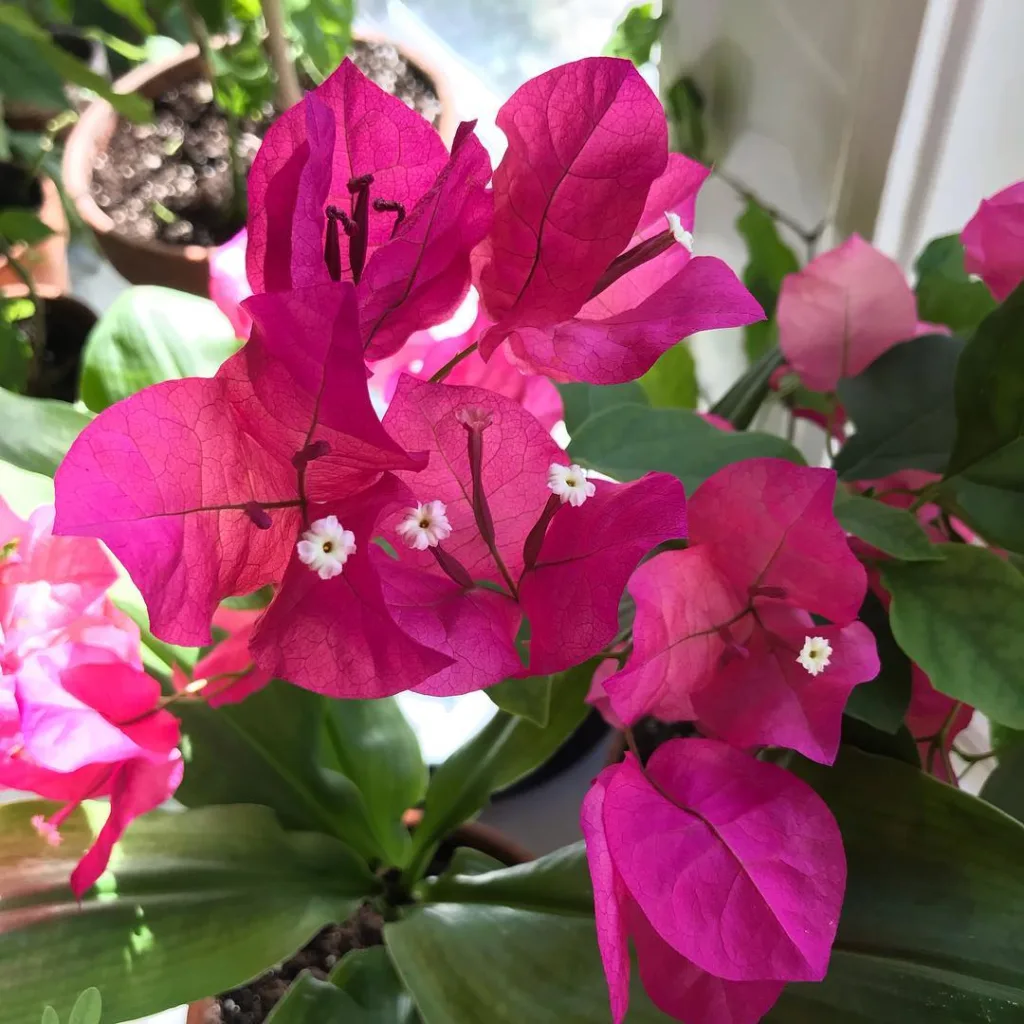California Buckeye: A Showy Native with a Hidden Bite
The California Buckeye (Aesculus californica) is a stunning flowering tree native to California and southwestern Oregon. Often mistaken for its close relative, the horse chestnut, the California Buckeye boasts unique characteristics and a fascinating history. In this FAQ, I’ll answer your burning questions about this iconic Californian beauty.
18 Species in Genus Aesculus
What is a Aesculus Californica?
Aesculus Californica – The California Buckeye is a large, deciduous shrub or small tree, reaching heights of 13 to 39 feet. It’s known for its:
- Showy blooms: Creamy white to pale pink flowers bloom in spring or early summer, resembling candle-like clusters that attract butterflies.
- Distinctive bark: Mature Buckeyes have a beautiful gray bark often adorned with lichens and mosses, adding a touch of texture to the landscape.
- Broad crown: This multi-trunked tree typically forms a rounded crown as wide as it is tall, creating a shady haven in summer.
Is a California Buckeye the same as a horse chestnut?
While both belong to the soapberry family (Sapindaceae), the California Buckeye and the horse chestnut (Aesculus hippocastanum) are distinct species. Here’s a quick breakdown:
- Origin: California Buckeye thrives in California and Oregon, while the horse chestnut hails from southeastern Europe and western Asia.
- Leaves: The California Buckeye has dark green, palmately compound leaves, whereas the horse chestnut has more rounded leaflets.
- Flowers: Both have showy white or pink flower clusters, but the California Buckeye’s flowers are typically shorter and denser.
- Toxicity: Importantly, all parts of the California Buckeye are toxic, unlike the horse chestnut where only the seeds are poisonous.
Can I plant a California Buckeye in my yard?
Absolutely! The California Buckeye is a fantastic addition to drought-tolerant landscapes. Here’s what to consider:
- Climate: This sun-loving plant thrives in warm Mediterranean climates with mild winters and dry summers.
- Soil: Well-drained, slightly acidic soil is ideal. Clayey or poorly draining soil can cause root rot.
- Watering: Established Buckeyes are remarkably drought-tolerant. Occasional deep watering during extended dry periods is sufficient.
- Maintenance: This low-maintenance tree requires minimal pruning, but you can remove dead or crossing branches for aesthetics.
Is the California Buckeye poisonous?
Yes, caution is crucial. All parts of the California Buckeye – leaves, bark, flowers, fruits, and seeds – contain toxins that can be harmful if ingested.
- Symptoms of poisoning: Nausea, vomiting, diarrhea, and weakness are common symptoms. In severe cases, it can lead to coma or even death.
- Precautions: Plant California Buckeye away from areas frequented by children and pets.
What are the benefits of planting a California Buckeye?
There are several compelling reasons to plant a California Buckeye:
- Wildlife magnet: The flowers attract butterflies, hummingbirds, and other pollinators, creating a vibrant ecosystem in your yard.
- Drought tolerance: This water-wise tree is perfect for California’s dry climate.
- Fast growth: The California Buckeye grows relatively quickly, providing shade and beauty sooner than many other trees.
- Cultural significance: The California Buckeye is the state’s official tree, symbolizing strength and resilience.
Are there any drawbacks to planting a California Buckeye?
While a beautiful tree, the California Buckeye does have some downsides:
- Toxicity: As mentioned earlier, all parts of the plant are poisonous, requiring vigilance around children and pets.
- Leaf litter: The large, palmate leaves can create a significant amount of leaf litter, necessitating regular cleanup.
- Susceptibility to pests: Bagworms, Japanese beetles, and borers can occasionally target the California Buckeye. However, these issues can be managed with proper monitoring and organic pest control methods.
Conclusion
The California Buckeye is a captivating native tree with a unique charm. If you’re looking for a drought-tolerant, fast-growing tree that attracts pollinators and embodies California’s spirit, the California Buckeye might be the perfect choice for your landscape. Just remember to admire its beauty from afar and keep it out of reach of curious children and pets.
If i die, water my plants!



